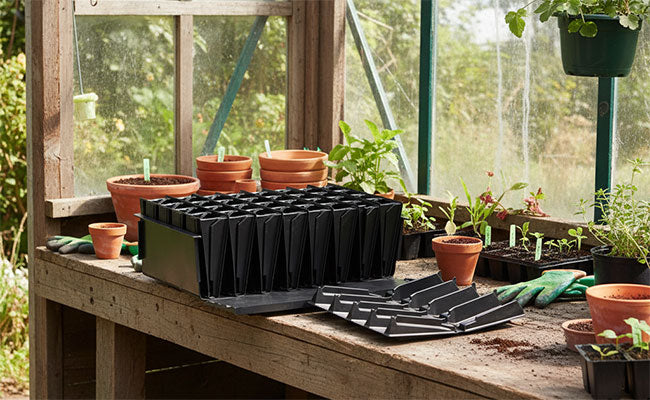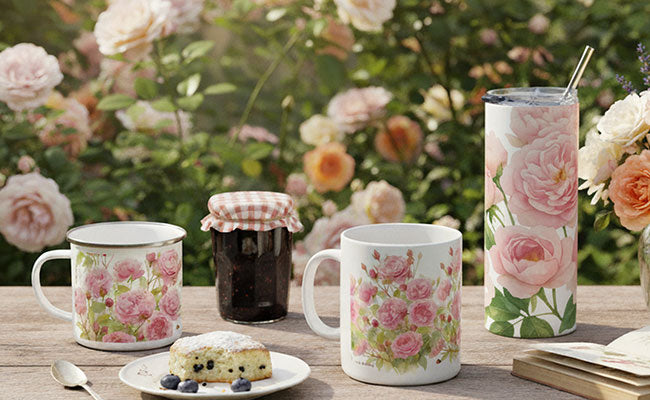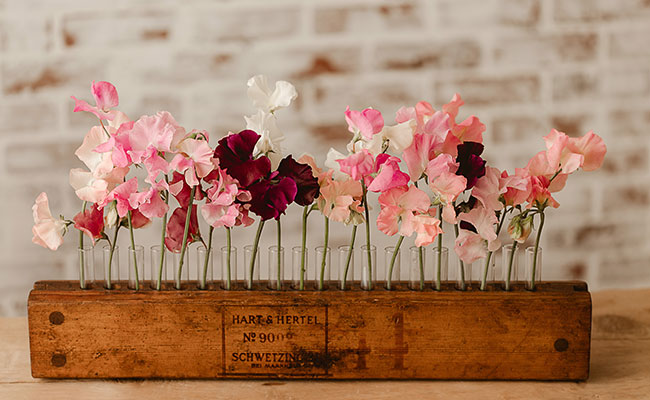Article: America’s Sweet Pea Renaissance: Why These Flowers Are Making a Comeback

America’s Sweet Pea Renaissance: Why These Flowers Are Making a Comeback
America’s Sweet Pea Renaissance: Why These Flowers Are Making a Comeback
Once adored in early 20th-century gardens, sweet peas were celebrated for their fragrance, color, and delicate charm. For decades, they were the jewels of cottage gardens and the pride of local flower shows. Then, quietly, they slipped from view as fast-growing bedding plants and low-maintenance choices took over.
Today, that is changing. Gardeners and flower farmers across America are rediscovering these elegant climbers — drawn by their scent, sentiment, and old-fashioned beauty.
From English Roots to an American Field
My love for sweet peas began long before Sweet Pea Gardens ever existed. I grew up with them — the scent of spring and the ritual of picking stems for the kitchen table.
When I began growing them here in southwest Washington, I wanted to make more of those varieties available to others who had fallen in love with their colors and fragrance. I started small: a few rows, then a few more, saving seed from each year’s crop and expanding the range season by season.
Eight growing seasons later, what began as a personal project has become part of a wider effort to keep these special varieties available — and to inspire gardeners across the U.S. to grow them again.
Why Gardeners Are Falling in Love Again
- Fragrance. Their perfume is unmistakable — fresh, nostalgic, and uniquely sweet pea.
- Color. From classic pastels to vibrant bicolors, today’s varieties offer both traditional charm and modern tones.
- Seasonality. They bloom just as spring tips into summer, when gardens are ready for something exuberant and romantic.
- Meaning. Sweet peas carry a timeless symbolism of friendship and gratitude — flowers that linger in memory.
The slow-flowers movement and the rise of small flower farms have brought them back to the forefront — a reminder that the best flowers are often the ones with a story.
The Work Behind Each Seed
Growing sweet peas for seed takes time and precision. Pods must ripen fully and dry naturally, yet Pacific Northwest rains demand careful timing. Each crop is hand-harvested, dried, and sorted — thousands of seeds cleaned one by one.
At Sweet Pea Gardens, every packet comes directly from our field rows — grown, harvested, and packed by hand after a full season of care.
Start Your Own Sweet Pea Season
Written by Georgina, founder of Sweet Pea Gardens — growers of rare and heirloom sweet pea seed in southwest Washington since 2018.







Leave a comment
This site is protected by hCaptcha and the hCaptcha Privacy Policy and Terms of Service apply.